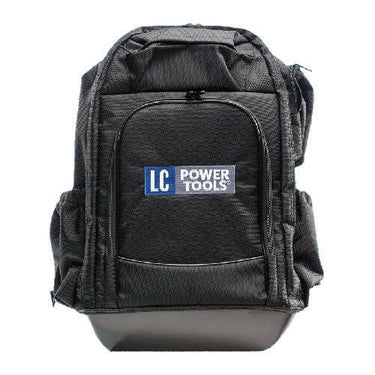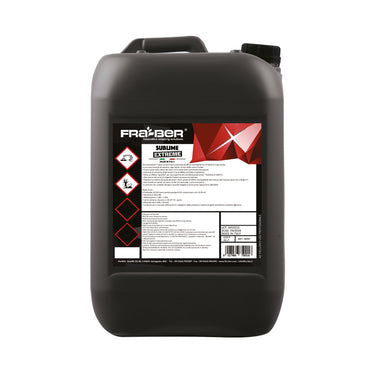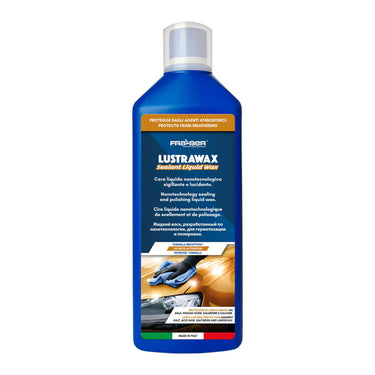
When it comes to car detailing, using the right accessories can make all the difference between an average job and achieving a professional-grade quality result. It is important to know which tools to use and how to use them. This may become overwhelming for beginners.
This guide will provide you with what the necessary car-detailing accessories are and how to properly use them in order to achieve optimal results.
1. Detailing Brushes
Overview:
Detailing brushes come in various shapes, sizes, and bristle materials, each suited to specific parts of the car. A high-quality brush can help clean delicate areas, tough-to-reach spots, and sensitive surfaces without scratching or damaging the surfaces.

Types of Detailing Brushes:
- Soft-bristle brushes: these brushes are soft to the touch and are used mainly for interior surfaces like vents, dashboards, and trim but can also be used to clean badges, and delicate exterior parts.
- Medium-bristle brushes: medium hardness brushes that are used for cleaning areas like the wheels, soft-top roofs and plastic parts of the interior.
- Hard-bristle brushes: these brushes are hard and made of stronger bristle to tackle tougher exterior spots, such as tires, rims, textured plastic trim and the engine bay.
- Horse-hair brush: a soft to medium brush that is ideal for cleaning fabrics and leather without damaging the material.
How to Use:
Interior: Use soft-bristle brushes to dust around tight spaces, air vents, and crevices. Spray a gentle cleaner onto the surface, then use the brush to loosen dust and dirt.
Exterior: Apply your cleaning product on the surface and then gently scrub with a medium or hard-bristle brush to remove grime and brake dust.
**Pro Tip**: Have separate brushes for different areas of the car to avoid cross-contamination, especially between the interior and exterior. Wash your brushes after every use.
2. Microfibre Towels
Overview:
Microfibre towels are a detailing essential because of their absorption capabilities, but more importantly they are gentle on all car surfaces and reduce the risk of surface damage. Microfibre towels are ideal for cleaning, drying, buffing, and wiping.
Types of Microfibre Towels:
- General-purpose microfibre towels: small, usually 40x40cm towels that can be used for interior and exterior wiping and cleaning.
- Buffing microfibre towels: extremely soft towels typically used for buffing and applying waxes or sealants on a car.
- Glass microfibre towels: as the name says, these towels are used for windows and mirrors to ensure a streak-free finish.

How to Use:
- Interior: Lightly dampen a microfibre towel with a cleaner for wiping down the dashboard, seats, and other surfaces and use a different towel to remove/dry the excess product.
- Exterior: Use a buffing microfibre towel to buff off wax, polish residue and coatings.
- Glass and Windows: For glass, use a dedicated glass microfibre towel to achieve a streak-free finish. Wipe in a back and forth motion while avoiding wiping in a circular motion as this can cause scratches and swirls on the glass.
**Pro Tip**: Fold the towel into quarters to maximise surface area. Use one side for cleaning, then flip to a clean section to avoid reapplying dirt to surfaces.
3. Drying Towels
Overview:
Unlike traditional cloths, towels or chamois, drying towels (usually made of microfibre) are ultra-absorbent and designed to soak up water quickly without leaving streaks or scratches.
Types of Drying Towels:
- Waffle-weave drying towels: constructed with a textured pattern that absorbs water efficiently and typically used on windows and glass.
- Twist-loop drying towels: with a dense weave that holds significant water, perfect for larger vehicles.
How to Use:
Gently place the towel on the wet surface and allow it to absorb water, then drag it across the paint for a streak-free finish. Use light pressure to avoid any potential for scratches.
**Pro Tip**: Avoid wiping in circles, as this can create swirls. Instead, use straight-line motions.

4. Foam and Microfibre Applicators
Overview:
Applicator are essential for applying waxes, sealants, and polishes. They’re designed to spread product evenly without absorbing too much, allowing for a smooth, efficient application.

Types of Applicators:
- Soft foam applicators: for waxes, polish and sealants.
- Microfibre applicators: for waxes, polish and sealants.
How to Use:
- Bodywork: Add a small amount of product to the pad, apply to the car surface, and use light, even pressure. Work in small sections for the best coverage. Avoid applying in a circular motion to prevent the risk of swirls and scratches.
**Pro Tip**: Clean applicator after every use/regularly and keep separate pads for different products to avoid contamination.
5. Tire Dressing Applicators
Overview:
Tire dressing applicators help achieve an even, streak-free finish when applying products to the tires. They’re often foam-based and shaped to follow the tire’s contour for easy application.
Types of Tyre Applicators:
- Curved foam applicators: designed specifically for the shape of the tire.

How to Use:
- Either spray the product directly on the tyre and use the applicator to evenly spread it in or apply the product directly on the applicator and spread evenly on the tyre. Avoid applying too much product, as excess dressing can sling onto your paintwork.
**Pro Tip**: For a more matte look, wipe down excess dressing with a microfiber towel after application.
6. Wheel and Tyre Brushes
Overview:
Wheels and tyres collect the most grime and brake dust, making them one of the toughest areas to clean. Specialised wheel and tyre brushes are designed to remove stubborn dirt without damaging the finish.
Types of Wheel and Tyre Brushes:
- Long-handled wheel brushes for reaching deep inside wheel wells.
- Compact wheel brushes for intricate details on rims.
- Tyre Brush: usually square shaped with a short handle.
How to Use:
- Rim brush: shaped like a cylinder, rim brushes are perfect for getting in between all the gaps on rims while providing an optimal clean. Rim brushes come in different forms namely; plastic/polyester bristles and soft bristles.
- Spray a wheel cleaner onto the wheel, then use the brush to agitate the surface and remove dirt. Start with the inside of the wheel and work your way outward.
**Pro Tip**: Clean the wheels and tyres before washing the car body to avoid transferring any grit that could scratch the paint.

Conclusion
With the right accessories, detailing your car becomes a manageable and enjoyable process. Detailing brushes, microfibre towels, drying towels, foam/microfibre applicators, and wheel brushes are essential tools that help achieve a spotless, professional finish. Each has its purpose and best practices, so mastering them will ensure your car looks its absolute best every time.



















